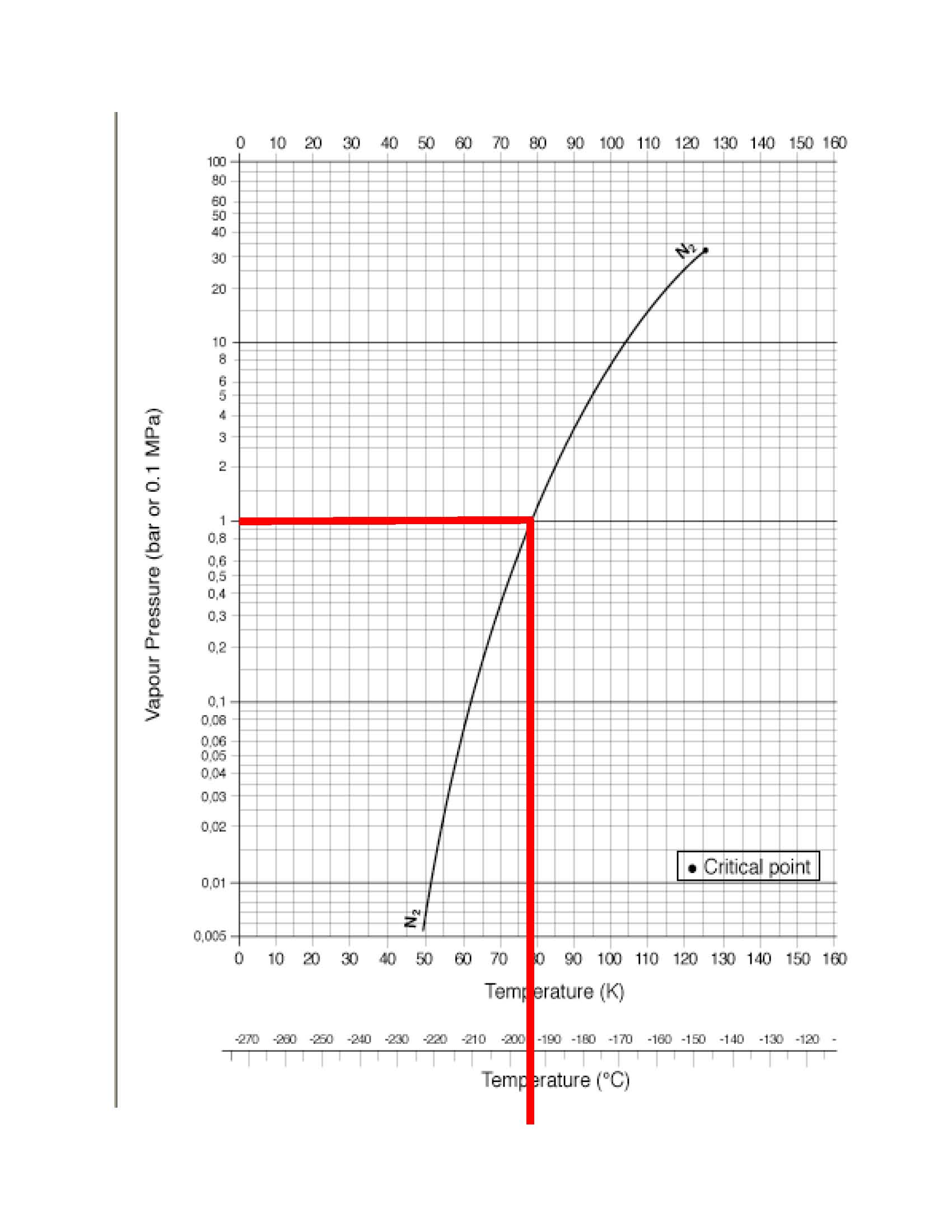As a small correction, liquid nitrogen is -320 deg F at atmospheric pressure
If you are doing a ring-shaped part, you get most of the dimensional change due to the "washer effect". if you cool a washer-shaped part, you can calculate the length along the centroid, apply Al's formula, and recalcualte the new diameter. If you want to get fancy, you can then factor in the through-thickness shrinkage as well, as it will contract toward the center of mass from both sides. If you have a piece of tube .100" wall thickness, and 1.000" in diameter through the centroid, (so 1.050 OD, and .950 ID) is pi" long, and then you cool it 400 degrees, the distance along the centroid is now 3.14159 X 12.3X10^-6*-400, which gives a length reduction of .0155, and a centroid diamter of .99508. now you figure the .100 shrinkage toward the centroid (.050 each side) as above, and you get an additional .000246 that the original ID gets smaller, and the original OD gets smaller as well. New ID is .945326. new OD is 1.044834. Wall thickness has gone from .100 to .099508.
tough to measure, but it is there

